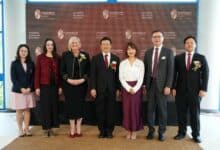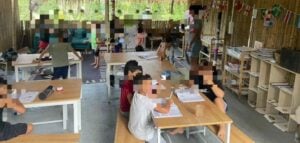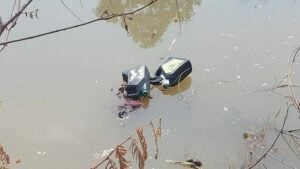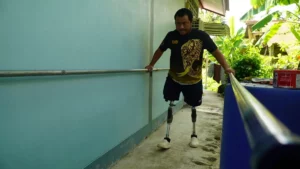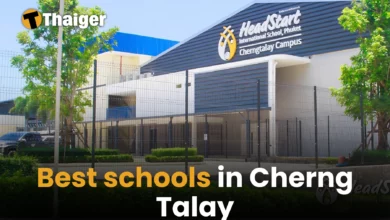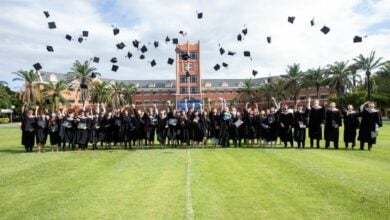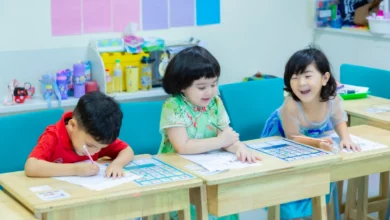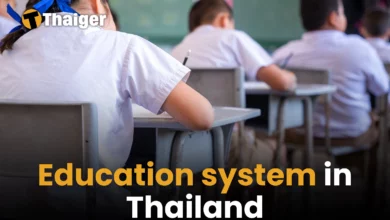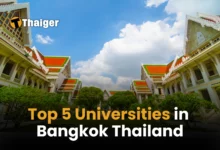Exploring the Thai secondary school system
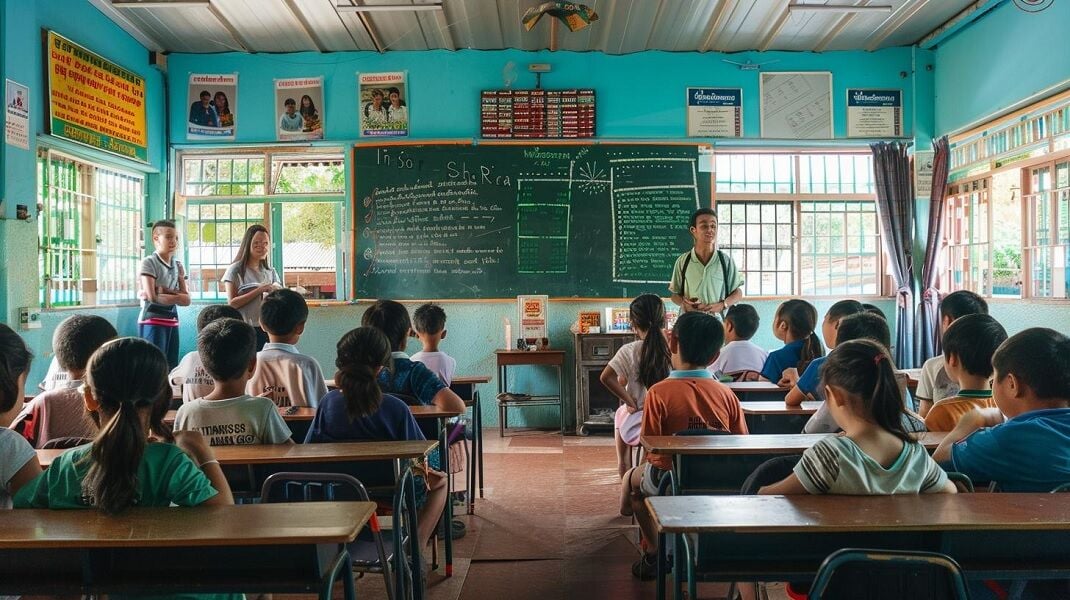
Thinking of exploring the Thai secondary school system? Whether you’re a parent considering relocation, an educator seeking insight, or a curious student, understanding how Thai schools operate can be incredibly enlightening. Thailand’s education system is a blend of traditional values and modern practices, offering a unique learning environment.
What sets Thai secondary schools apart is their strong emphasis on respect, discipline, and community. From morning assemblies to uniform codes, the structure is designed to instil a sense of responsibility and unity among students. Ready to dive deeper? Let’s explore the nuances of the Thai secondary school system.
Overview of the Thai Secondary School System
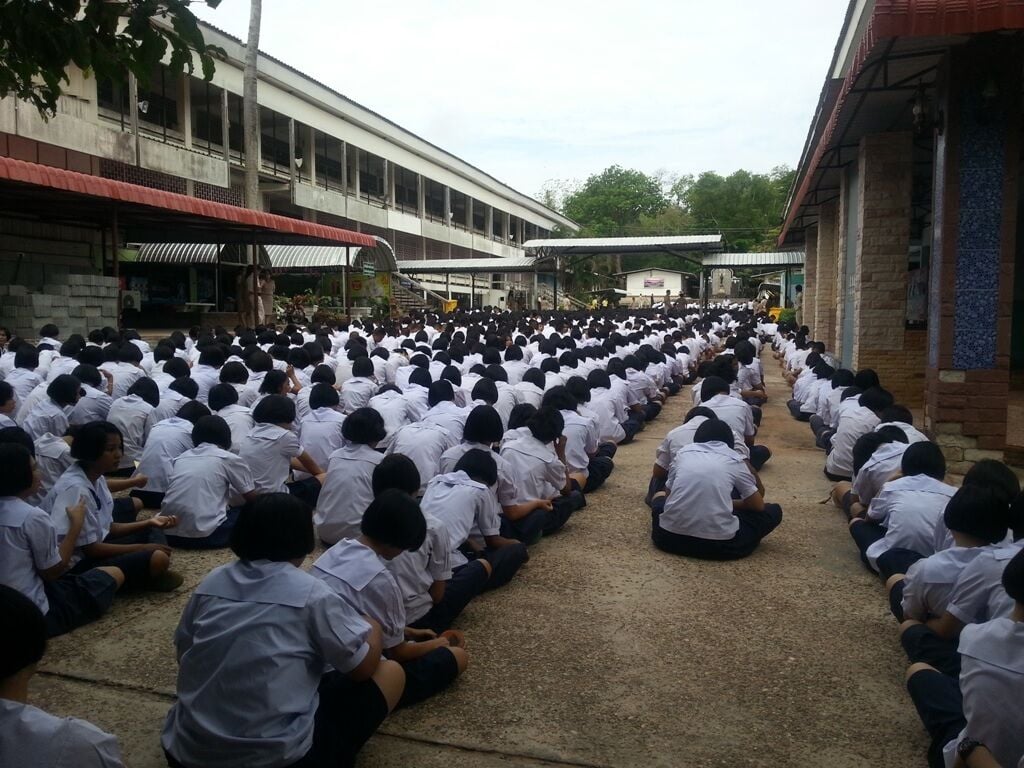
Secondary education in Thailand is divided into lower and upper stages. Lower secondary covers ages 12 to 14 and is three years long, and upper secondary spans ages 15 to 17 and also lasts for three years. During this time, students delve deeper into subjects they started in primary school, but with added complexity. They can also choose electives based on their interests, such as technology, arts, or vocational skills.
Understanding the education system in Thailand can give you insights into the country’s focus on building a strong knowledge base for its future generations.
Secondary Education in Thailand
| Grade Level | Thai Term | Description |
|---|---|---|
| 7-9 | Mattayom 1-3 | Lower Secondary |
| 10-12 | Mattayom 4-6 | Upper Secondary |
Curriculum
The curriculum in Thai secondary schools is comprehensive and structured to accommodate a wide array of interests and professional aspirations. Fundamental subjects such as Thai Language, Mathematics, Science, and Social Studies serve as the foundation of the educational program, equipping students with critical knowledge and competencies. Beyond these core disciplines, the curriculum adopts an inclusive approach to education by incorporating physical education, arts, and foreign languages, thus ensuring holistic development.
| Subject Area | Focus | Rationale |
|---|---|---|
| Core Subjects | Thai Language, Mathematics, Science, Social Studies | Provide essential knowledge and skills for academic and professional pursuits. |
| Beyond Core Subjects | Physical Education, Arts, Foreign Languages | Ensure holistic development and cater to diverse interests. |
| Historical and Cultural Influence | Buddhist principles, historical events | Reflect Thailand’s rich cultural heritage and traditional values. |
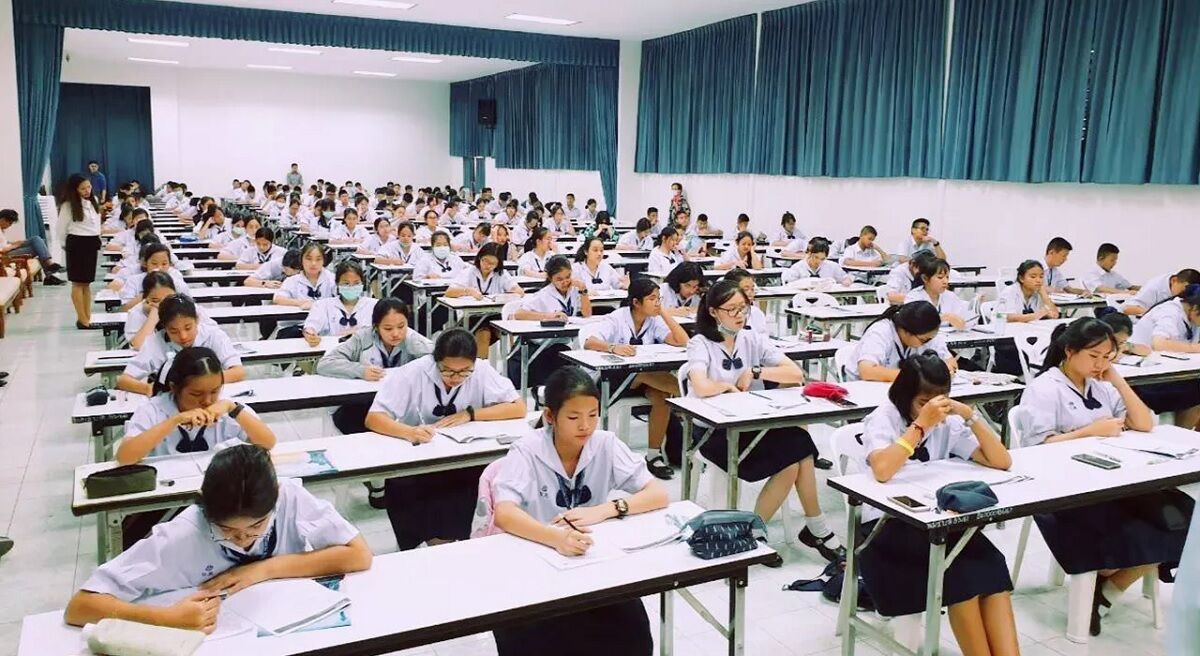
In your journey to understand what secondary school in Thailand is like, exploring the teaching methods becomes pivotal. Delving into the instructional strategies gives you a clearer picture of the educational landscape in Thailand.
Traditional teaching style
The traditional teaching style is a cornerstone in Thai secondary education. Teachers predominantly lead the classroom, with students receiving information in a lecture format. This method is deeply rooted in Thailand’s educational framework, fostering respect for authority and a structured learning environment. Classrooms tend to be teacher-centred, with a clear hierarchy between students and educators. This approach, while promoting discipline, often limits student interaction during class.
Emphasis on memorisation
A significant emphasis is placed on memorisation in Thai secondary schools. Students are often evaluated based on their ability to recall information accurately. This method has its roots in historical educational practices and continues to be a prevalent assessment tool. While this fosters a strong memory, critics argue that it may not always encourage critical thinking or creativity. Subjects like Mathematics and Thai Language see heavy reliance on this technique, aiming to engrain fundamental knowledge through repetition.
Incorporation of technology
Despite the stronghold of traditional methods, there’s a growing incorporation of technology in the Thai educational system. Digital tools and active learning TV programmes, like those introduced in recent years, signify a shift towards more interactive and engaging teaching methods. The introduction of 17 new digital TV channels for education in 2020 highlights efforts to modernise and make learning more accessible. Schools are increasingly acknowledging the importance of integrating digital resources into teaching, aiming to better prepare students for a technologically driven world.
As you explore the facets of secondary education in Thailand, understanding these teaching methods offers insight into the classroom experience. Balancing tradition with innovation, Thai secondary schools are navigating the path towards a more holistic educational approach.
Challenges faced by the Thai secondary education system
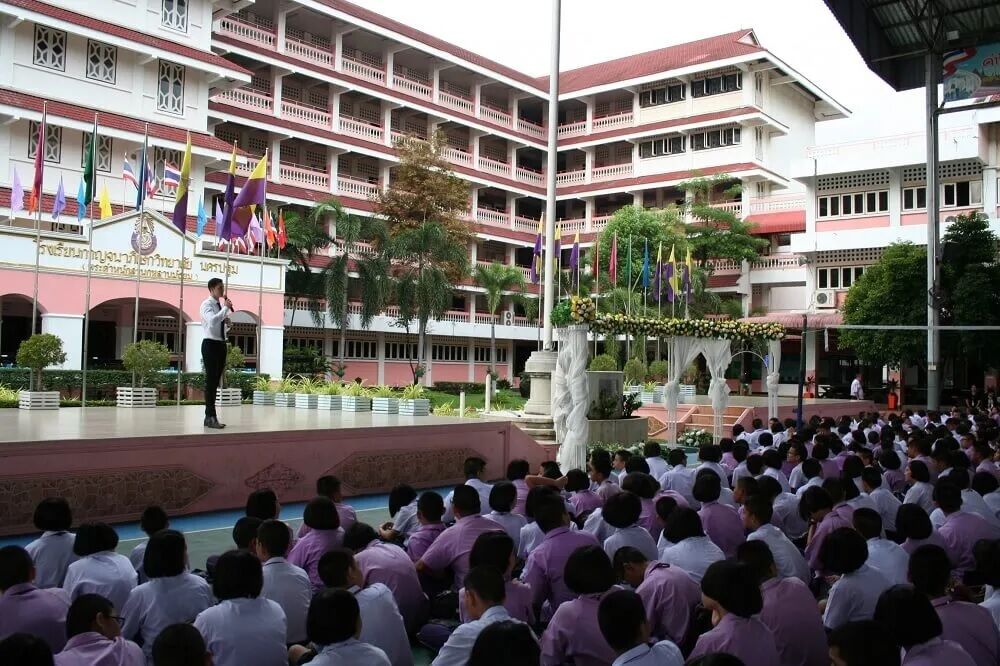
The Thai secondary education system grapples with several significant issues that impact its effectiveness. Understanding these challenges can help you better grasp the current educational landscape in Thailand.
English language proficiency
English, though mandatory in Thai schools, underscores a major issue—students’ low proficiency levels. This stems from a shortage of qualified English teachers and outdated teaching methods. Without enough skilled instructors, lessons often don’t engage students or help them progress.
Teacher qualifications and training
There’s also a notable lack of qualified teachers, especially in rural areas. Consequently, this shortage leads to overcrowded classrooms where students don’t get the individual attention they need. The lack of personalised teaching diminishes the quality of education students receive.
Access to quality education
Another issue is the unequal access to quality education. While urban areas might have better resources, rural areas often lag. This disparity means that not all students enjoy the same educational opportunities, affecting their overall learning experience.
Addressing these challenges is essential for improving the Thai secondary education system. Each aspect, from enhancing English proficiency to revising the curriculum, needs attention to ensure a more balanced and effective educational environment.
Thailand is taking big steps to modernise its education with technology. They’re adding digital tools and TV channels for learning, making classes more interactive and fun. This change is part of their plan to keep up with the world and make sure students are ready for the future. It’s a mix of old-school teaching and new tech that could make a big difference in how kids learn.
Why is secondary education necessary for higher studies?
Secondary education fosters critical thinking and problem-solving skills. These cognitive abilities are essential for tackling complex subjects at the higher education level. Thai secondary schools adopt innovative teaching methods to cultivate analytical thinking.
Social and communication skills are also honed during these years. Group projects and presentations in secondary school enhance your ability to collaborate and articulate ideas. These skills are invaluable in university settings, where academic discourse is common.
Secondary education provides a broad knowledge base. Exposure to diverse subjects allows you to identify your interests and strengths. This self-awareness is key when choosing a university course or career path. Guidance counsellors in Thai secondary schools assist in aligning your educational goals with your aptitudes.
Scholarships and Financial Aid
Scholarships and financial aid can reduce your educational expenses significantly.
- Government Scholarships: The Thai government offers scholarships for exceptional students, including Royal Thai Scholarships and The King’s Scholarships. These cover tuition, living expenses, and educational materials.
- University Scholarships: Many Thai universities provide scholarships for both local and international students, covering full or partial tuition. Check specific university websites for detailed scholarship programs.
- Private Scholarships: Organisations like the Thai International Education Consultants Association (TIECA) offer scholarships specific to certain fields of study. These might cover part of the tuition or provide living stipends.
- Need-Based Aid: Some institutions offer financial aid based on your family’s economic situation. It requires thorough documentation but can substantially reduce costs.
By understanding the costs and exploring financial aid options, you can better navigate the Thailand Education System and make informed decisions.
Useful resources about education in Thailand
- Ministry of Education
- Office of the Permanent Secretary
- Office of the Basic Education Commission
- Office of the Vocational Education Commission
- Office of the Education Council
- Office of the Private Education Commission
- The Commission on Higher Education
- Office of the Non-formal and Informal Education

